In the quest for a healthier and more fulfilling life, the importance of exercise and wellness cannot be overstated. Physical activity is not just a means to achieve a fit physique; it is a powerful tool that enhances overall well-being, boosts mental health, and improves the quality of life. This article delves into the multifaceted benefits of exercise, the principles of wellness, and practical ways to integrate these practices into daily life.
The Science of Exercise
Exercise is a form of physical activity that involves planned, structured, and repetitive movements designed to improve or maintain physical fitness. It can take many forms, from aerobic activities like running and swimming to strength training and flexibility exercises such as yoga and Pilates. The key to effective exercise lies in understanding how it impacts the body.
When we engage in physical activity, our bodies undergo a series of physiological changes. The heart rate increases, pumping more blood and oxygen to the muscles. This enhanced circulation also delivers essential nutrients to cells and tissues, promoting overall health. Exercise stimulates the release of endorphins, often referred to as "feel-good" hormones, which help reduce stress and improve mood. Additionally, physical activity strengthens the cardiovascular system, improves lung function, and enhances muscle tone and endurance.
Physical Benefits of Exercise
1. Weight Management: One of the most well-known benefits of exercise is its role in weight control. Physical activity helps burn calories, and when combined with a balanced diet, it can lead to weight loss or maintenance of a healthy weight. Regular exercise also helps prevent obesity, a condition linked to numerous chronic diseases such as diabetes, heart disease, and certain cancers.
2. Enhanced Cardiovascular Health: Exercise is crucial for maintaining a healthy heart. Regular physical activity strengthens the heart muscle, improves circulation, and reduces the risk of cardiovascular diseases. Studies have shown that individuals who engage in regular exercise have a lower risk of developing hypertension, high cholesterol, and coronary artery disease.
3. Improved Muscle and Bone Strength: Weight-bearing exercises, such as walking, running, and resistance training, help build and maintain muscle mass and bone density. This is particularly important as we age, as it helps prevent age-related muscle loss (sarcopenia) and osteoporosis. Strong muscles and bones also improve balance and reduce the risk of falls and fractures.
4. Better Sleep Quality: Physical activity can significantly improve sleep quality. Exercise helps regulate the body's circadian rhythms, making it easier to fall asleep and stay asleep. It also reduces symptoms of insomnia and other sleep disorders, leading to more restful and rejuvenating sleep.
Mental and Emotional Benefits of Exercise
1. Stress Relief: Exercise is a powerful stress reliever. Physical activity helps reduce the levels of stress hormones like cortisol and adrenaline, while increasing the production of endorphins. This combination leads to a natural reduction in stress and anxiety, leaving individuals feeling more relaxed and calm.
2. Improved Mood: Regular exercise has been shown to have a positive impact on mental health. It helps alleviate symptoms of depression and anxiety, and promotes a general sense of well-being. Exercise also boosts self-esteem and confidence, as individuals feel more in control of their bodies and health.
3. Enhanced Cognitive Function: Physical activity is not just beneficial for the body; it also supports brain health. Exercise increases blood flow to the brain, promoting the growth of new neurons and improving cognitive function. Studies have shown that regular exercise can enhance memory, concentration, and problem-solving skills, and may even reduce the risk of neurodegenerative diseases like Alzheimer's.
The Concept of Wellness
While exercise is a critical component of a healthy lifestyle, true wellness encompasses more than just physical fitness. Wellness is a holistic approach to health that includes mental, emotional, and social well-being. It involves making conscious choices to live a balanced and fulfilling life.
1. Nutrition: A balanced diet is essential for overall wellness. Eating a variety of nutrient-dense foods provides the body with the energy and nutrients it needs to function optimally. Focus on whole foods like fruits, vegetables, whole grains, lean proteins, and healthy fats. Avoid processed foods, excessive sugars, and unhealthy fats.
2. Hydration: Staying hydrated is crucial for maintaining bodily functions. Water helps regulate body temperature, aids digestion, and supports nutrient absorption. Aim to drink at least eight glasses of water per day, and limit your intake of sugary drinks and alcohol.
3. Rest and Recovery: Rest is an essential part of any exercise routine. The body needs time to recover and repair itself after physical activity. Ensure you get adequate sleep each night, and schedule rest days into your exercise routine to prevent overtraining and injury.
4. Mental Health: Mental well-being is just as important as physical health. Practice mindfulness and stress-reduction techniques such as meditation, deep breathing exercises, and yoga. Engage in activities that bring you joy and fulfillment, and seek support from friends, family, or a mental health professional if needed.
5. Social Connections: Building and maintaining strong social connections is vital for overall wellness. Spend time with loved ones, engage in community activities, and participate in social events. Positive relationships provide emotional support and a sense of belonging, which are essential for a healthy and happy life.
Practical Ways to Integrate Exercise and Wellness into Daily Life
1. Set Realistic Goals: Start with small, achievable goals to build a sustainable exercise routine. For example, aim to exercise for 30 minutes a day, three times a week. Gradually increase the intensity and duration of your workouts as you become more comfortable.
2. Find Activities You Enjoy: Exercise should be enjoyable, not a chore. Experiment with different types of physical activity to find what you love. Whether it's dancing, hiking, swimming, or team sports, choose activities that make you look forward to moving your body.
3. Incorporate Movement into Daily Routines: Look for opportunities to be more active in your daily life. Take the stairs instead of the elevator, walk or bike to work, or take short breaks to stretch and move around. Small changes can add up to significant health benefits.
4. Create a Supportive Environment: Surround yourself with people who support and encourage your health goals. Join a fitness class, find a workout buddy, or participate in community wellness programs. A supportive environment can make it easier to stay motivated and committed.
5. Practice Mindful Eating: Pay attention to what you eat and how it makes you feel. Eat slowly, savor each bite, and listen to your body's hunger and fullness cues. Mindful eating can help prevent overeating and promote healthier food choices.
6. Prioritize Self-Care: Make time for activities that nourish your mind and soul. This could include reading, taking a relaxing bath, practicing yoga, or spending time in nature. Self-care is essential for reducing stress and maintaining overall well-being.
Exercise and wellness are powerful tools for achieving a healthier, happier life. Physical activity not only improves physical fitness but also enhances mental and emotional well-being. By integrating exercise into daily life and adopting a holistic approach to wellness, individuals can unlock numerous benefits that extend far beyond the gym. Remember, the key to a sustainable and fulfilling lifestyle is balance. Start small, set realistic goals, and enjoy the journey. With dedication and consistency, exercise and wellness can become integral parts of your life, leading to a healthier, more vibrant future.

By Samuel Cooper/Apr 16, 2025
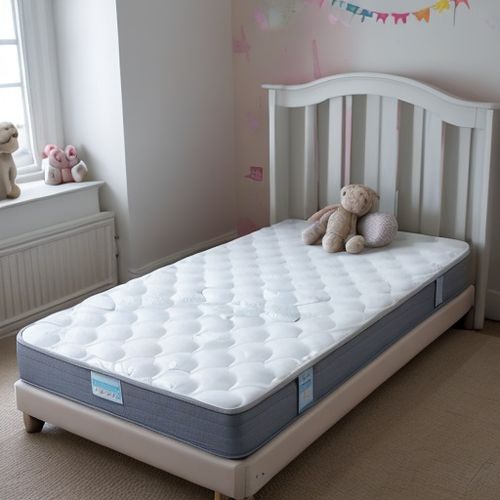
By James Moore/Apr 16, 2025
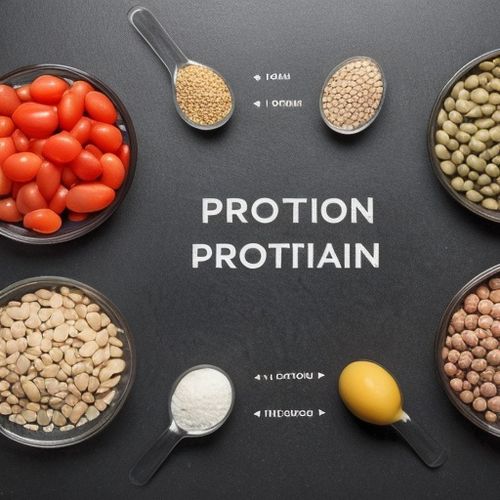
By Sophia Lewis/Apr 16, 2025

By Michael Brown/Apr 16, 2025

By Christopher Harris/Apr 16, 2025

By Natalie Campbell/Apr 16, 2025
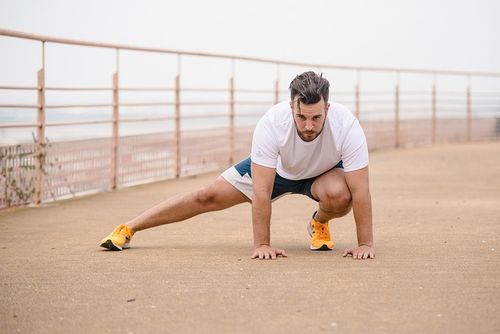
By George Bailey/Apr 16, 2025
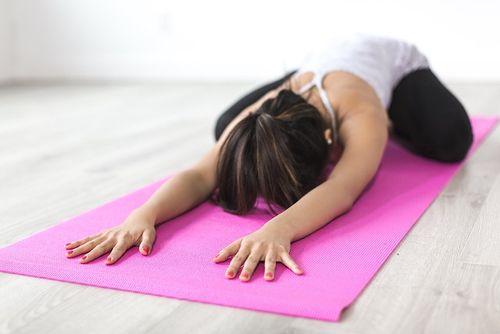
By Thomas Roberts/Apr 16, 2025

By Natalie Campbell/Apr 16, 2025

By John Smith/Apr 16, 2025

By Emma Thompson/Apr 15, 2025
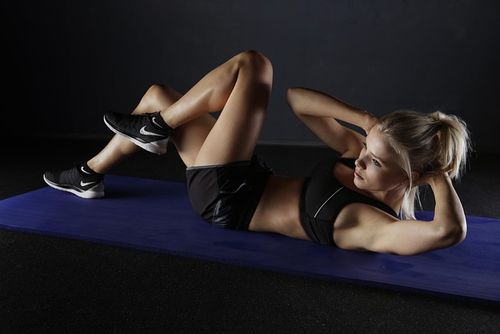
By Lily Simpson/Apr 15, 2025

By Noah Bell/Apr 15, 2025

By Victoria Gonzalez/Apr 15, 2025

By Benjamin Evans/Apr 15, 2025

By Joshua Howard/Apr 15, 2025

By Daniel Scott/Apr 15, 2025

By Amanda Phillips/Apr 15, 2025

By James Moore/Apr 15, 2025

By Grace Cox/Apr 15, 2025